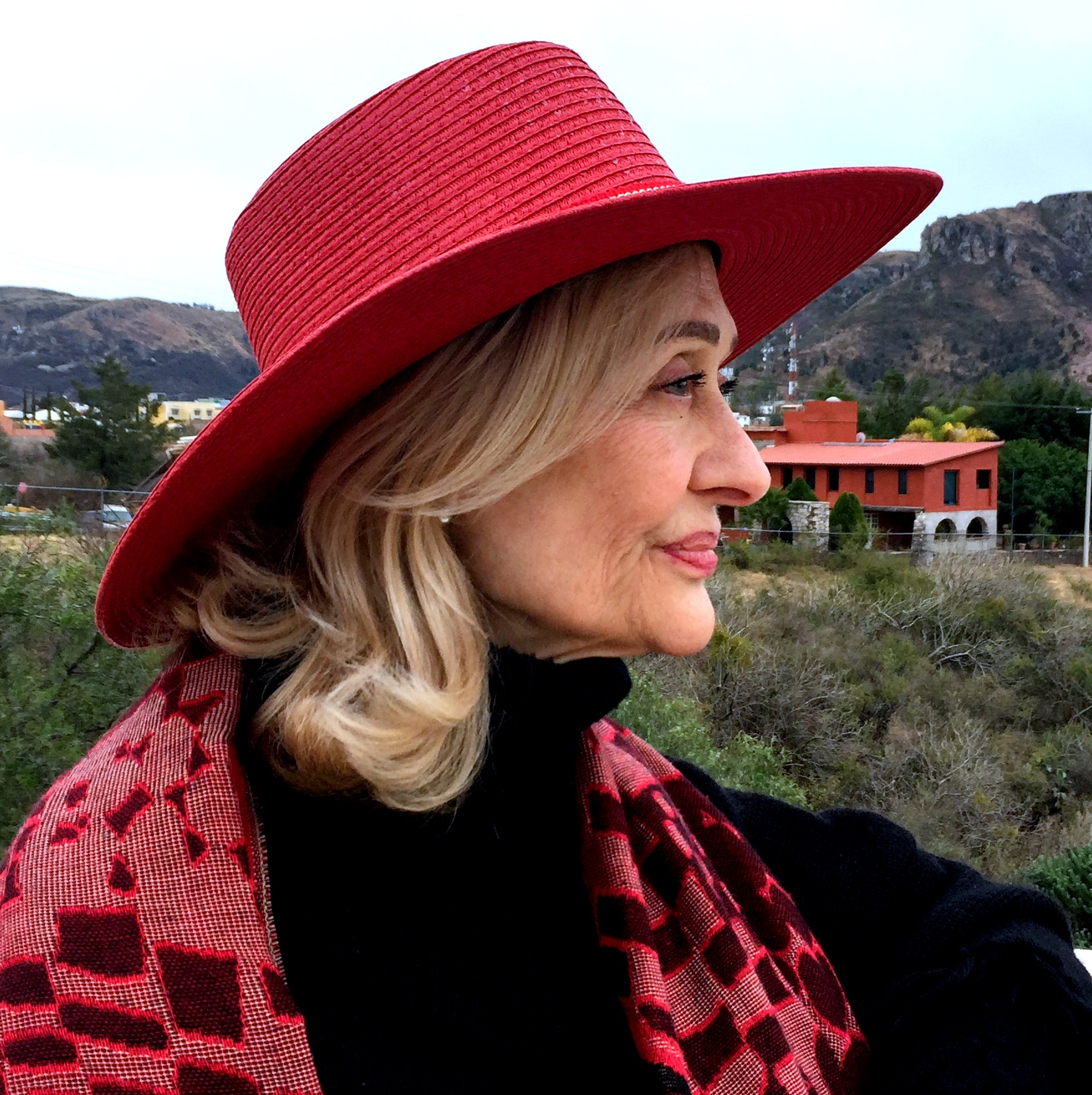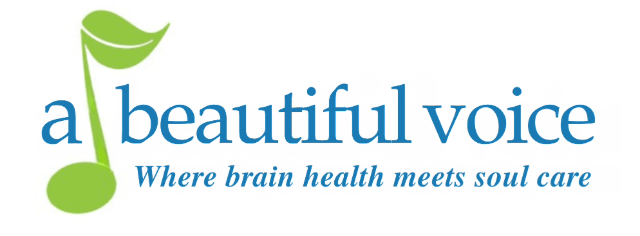Why journal? Many reasons! On both a personal and professional level, journaling is a powerful tool which can be life-changing. Why did I journal? The following post describes some of the phases involved in keeping the Memory Journal for my parents over a ten-year period.
Context matters
People have been journaling for centuries. In the 60’s, Dr. Ira Progoff, a NYC psychologist began offering programs on the “intensive journal method.” Since then, journaling for well-being has come into public awareness and unfolded in a number of ways.
Among a multitude of benefits which have been identified, research on journaling has produced these findings:
- Journaling can provide emotional and mental clarity.
- Journaling can improve immune system functioning.
- Journaling can impact ability to deal with stress and ward off infection and disease.
In 2009, as a doctoral student, I became familiar with the term, “neuroplasticity.” It was new to the ten students in our pod. From that point going forward, I began to notice its more wide-spread use in our language.
So we now have scientific evidence. Can we encourage others to move the needle – to find ways to put journaling into practice in dementia care? Can we make a difference in real life?
Application to dementia care
Because of how constant the process of journaling has been in my life, I had thought that our blog would be filled with articles on journaling by this time. But, following launch in mid-January, the COVID-19 tsunami took precedence over other subject matter.
What could be more appropriate for a pandemic than starting a journal? Individual or family – it’s something to which ALL family members can contribute!
Personal retrospective
Having been influenced in journaling by Mother since an early age, I found this undertaking to come quite naturally, being fully aware that it provided many benefits. What I learned from the responses of those who became aware of our project is that some people are journalers. Some are not. And there are those who didn’t see its value or, well… maybe just didn’t “get it.” At least one friend was certain we were journaling so that we would “remember” – a singular, reductionist purpose. Well, yes…! That was true. But those who journal know there are many benefits in addition to “remembering”!
New binders full of new stories – 2001 to 2011
We began the journals in 2001. It was at a time when a speech therapist discharged Dad because, according to her criteria, he could no longer benefit from her cognitively-oriented work. We had just purchased the 6″x 9″ loose-leaf binders for the work she would be doing with him.
As she departed, I made a quiet promise to Dad that we would do the work together. He was taking several pharmaceuticals at the time of her discharge. Would he have continued to qualify for her caseload – once the powerful meds were discontinued, as they were at later intervals? … A rhetorical question.

At the beginning of our journaling experience in 2001, we began with a very simple “Gratitude List” for the day. It quickly evolved into recording the events of the day at the table after supper. As time went on, Mother and Dad enjoyed reading the growing number of handwritten entries together. The journals became a collection of stories about their daily lives. As the number of binders increased, I would find them sitting quietly at the kitchen table, each reading one of the older volumes, often for up to an hour after supper.
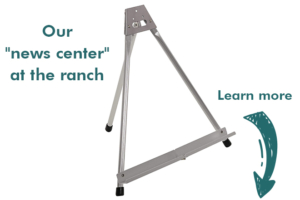
In the morning, as they arrived at the breakfast table, they would be seen “leaning in” to read the handwritten entries posted from the day before. These were posted on the table-top easel next to the daily agenda – a list of appointments, outings, and names of visitors and caregivers scheduled for the day.
Placement on the easel also enhanced continuity of care
Soon, the journal pages were recorded digitally with a print-out posted on the easel so that our caregivers and family members could read them. They were then added to large binders (12″ x 11″) with 3-inch spines. By late 2003, large 8” x 11” color photos were also added to the easel. Caregivers appeared to enjoy seeing their contribution in writing and in photos. Thus, continuity of care was enhanced from one “shift” to the next.
Online private link – status updates for family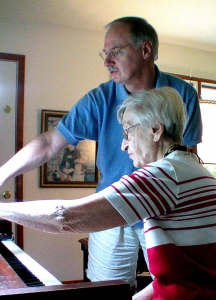
A few years later, digital daily entries were also posted on-line for the entire family to access 24/7 with a private link. Siblings, nieces and nephews – from Scottsdale to Baltimore and DC – could all access and stay informed about our status – with this news coming directly from the ranchers.
At their own convenience, all family members could follow our progress and review past and present daily posts. It was an opportunity to access news about what Mother and Dad continued to do, learn, and enjoy! We were, after all, in frontier territory, making new discoveries every day.
Thus, the original purpose evolved over the years. Each step of the process was important for each respective period of time.
The posts were our best effort – often finalized in the late-night hours – to keep family members updated… “Best effort” – and, potentially, more effective than the old “telephone” method with a quick update and potential for the news to become skewed in the re-telling. It was there – crisply reported and available with one click!

Chronicles create clarity of recall…
Without the daily entries, this ten-year period would most likely be a general “blur.” Instead, I can now go to almost any entry and remember that day with some clarity.
In reviewing the journals, I find so many treasures including Dad’s quips, his mischievous comments, and funny things he said – which I would write down at the moment, or risk not remembering the exact wording at the end of the day.
…And accountability
How are we spending these precious moments? The Memory Journal entries provided a way in which to share this important life stage with others. The entries were an ongoing invitation to the reader to help to enrich these days.
24/7 access to regular status updates…
The online posts for family members provided 24/7 access to regular status updates. The daily entries now seem to have fallen into one of the following:
- To inform and to update on Dad and Mother’s status and activities surrounding their care.
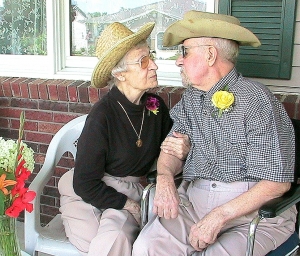
- To recognize family birthdays and anniversaries and to acknowledge and record cards, gifts, flowers, calls and visits received.
- To reflect on how Dad and Mother’s care was enhanced by their being “the very heart of our care team.”
- To reflect on new information found in the research, writing, and work done by dementia leaders, influencers, pioneers, and changemakers – and share their perspectives and new information with family members.
- To connect with experiences which are universal and bring humor, e.g., Dr. Seuss whimsy.
- To occasionally include historical events of the day in a final footnote under the header, And in the News . . . so that future readings would be understood in the context of current events.
The overall benefit of reflecting on the journal entry for each day led to learning and appreciating the experience from “a more distant third-party perspective.”
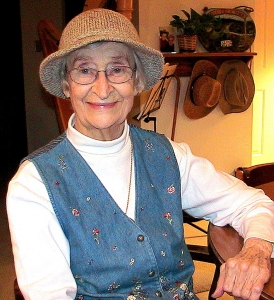 Writing in the third person
Writing in the third person
The journals are written in the third person. While archaic in the eyes of some writers and possibly bothersome to others, I continued to use the third person in order to look at what I was experiencing – from “a more distant third-person perspective.”
At a later point, I learned this practice has been described in a 2010 publication called Being with Older People – A Systemic Approach (Fredman, Anderson, and Stott). These social scientists “…introduce the idea of practicing as outsider witnesses to older people’s stories as one way to encourage our sharing to be ‘decentered’” (p. 84).
 Journaling Gems – A Journaling Gene?
Journaling Gems – A Journaling Gene?
Mother had kept a diary off and on throughout her life including her college years and, more recently, in a five-year period during which time, they wintered in Sarasota. The little red five-year journal was such a treasure!
While working at my desk late at night, she would come in wearing her night clothes – ready for bed – and sit in her rocker close-by, reading softly. I would hear her giggle over an entry, which always prompted her oral reading of that portion for me to hear.
Undoubtedly, she had passed the “journaling gene” to me many years before, since I have been journaling intermittently since third grade.
Reflecting at the end of the day – Antidote to insomnia – A “sleep aid”
It was about finding the “extraordinary in the ordinary day.” Keeping the Memory Journals over the years provided a process to review the events of the day – and to sort things out. Result? A clean slate to plan for a new day. This was followed by restful sleep once all was processed.
Care of the Soul: “100 Journaling Benefits” by John and Patrice Robson
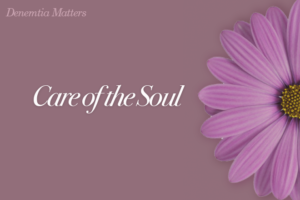
For more benefits of journaling, see “100 Journaling Benefits” – an extensive compilation by John and Patrice Robson which they have generously shared with us for reader review. Find it here. For those who journal, the list is both validating and inspiring! It will expand your awareness and increase your own appreciation for what you do – the simple, but impactful, process of journaling.
Author: Susan Troyer
